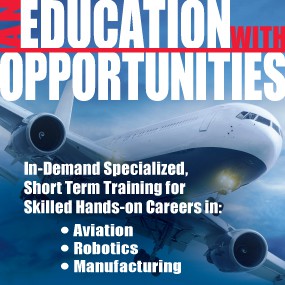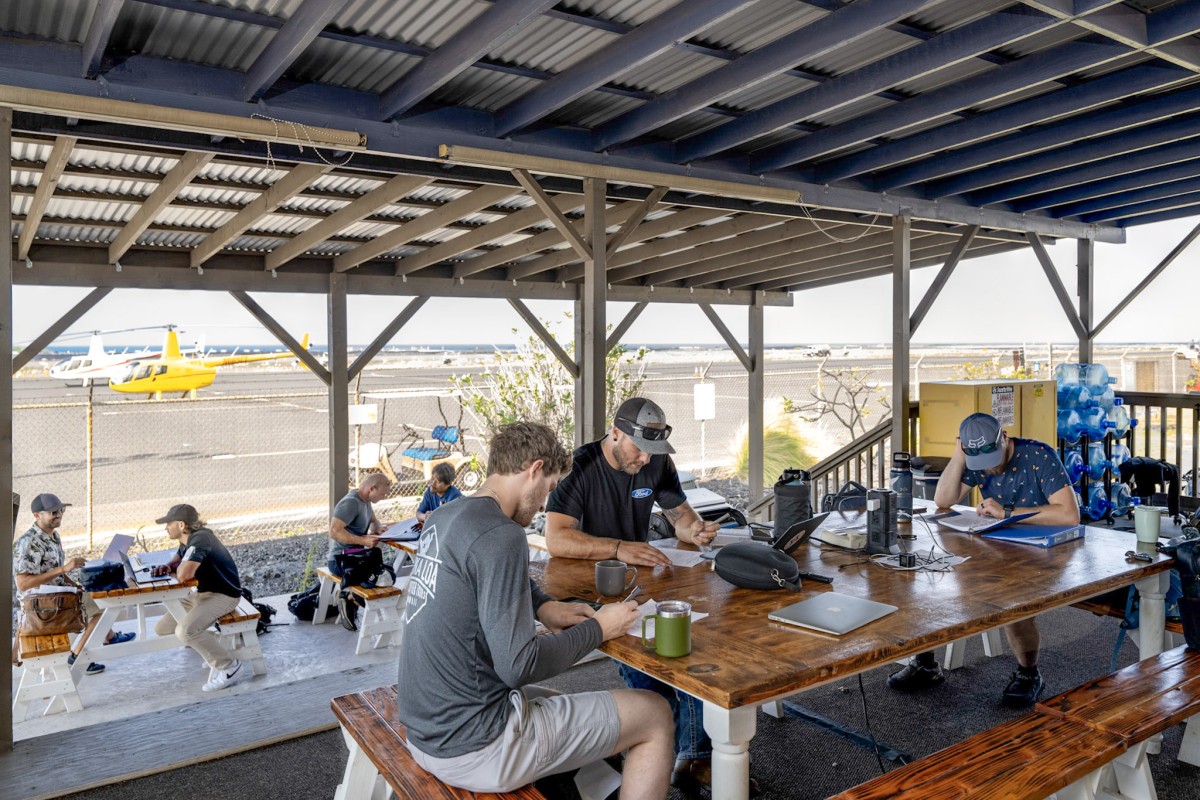Find the best aviation schools
Compare 2,703 aviation schools
and find the right program for you
Aviation Training Categories
Flight Schools
Flight schools offer training in fixed wing aircraft. Get your private pilot license, become an airline pilot, or find specialty courses in airplanes.
Helicopter Pilot Schools
Helicopter pilot schools offer training in rotary aircraft. Become a professional helicopter pilot or challenge yourself by learning to fly helicopter.
Aviation Colleges
Add an extra dimension to your career by getting a degree in aviation. Find undergraduate, postgraduate, and graduate degree programs. Some programs are combined with professional studies.
Aircraft Maintenance Schools
Aircraft Maintenance Technician Schools (AMTS) offer training programs to become an aircraft maintenance technician (also called an aircraft maintenance engineer).
Flight Attendant Schools
Flight attendant schools offer training courses to prepare or further develop your career as a flight attendant. Most airlines train their own flight attendants, but a prep course can help you pass the job interview.
Aircraft Dispatcher Courses
Flight dispatchers assist in the planning and preparation of flights, considering the route, weather, fuel, load and performance. Find schools offering courses to become a certified aircraft dispatcher.
Air Traffic Controller Schools
Air Traffic Controllers coordinate the traffic in and out of an airport and en-route between airports. Some work in the airport tower while others guide traffic using a radar screen in a control room.
- •
- •
- •
- •
- •
- •
- •
Featured Schools

Pittsburgh Institute of Aeronautics (PIA)
Hagerstown, Maryland
For over 85 years, the Pittsburgh Institute of Aeronautics has been training top notch aviation maintenance technicians.

Mauna Loa Helicopters
Honolulu, Hawaii
Receive the training you need to succeed as a professional fixed wing or helicopter pilot in one of the most versatile training environments in the world, with nearly 365 flying days a year.

BAA Training
Gavà, Barcelona, Spain
BAA Training is one of the largest independent aviation training organisations in Europe, where the experience is wrapped up in personal care for each student.
- •
- •
- •
Represent an Aviation School?
With 2,703 aviation schools listed worldwide we are the leading industry directory for aviation training.
Each month more than 60,000 people visit this website looking for a place to start their journey into aviation or to further develop their career.
Make sure these students find you.

